The Cleveland Cavaliers have returned to the Conference Finals with a dominant blowout. As always, their triple ratio was decisive for their success – but LeBron James and Co. also showed strong improvements in other aspects.
It’s always the same old story with the Cavaliers: when they meet their threesomes, they’re a top team that’s hard to beat. If they don’t hit him, a collapse follows at some point in the game, as their entire self-confidence and energy seem to be influenced by the hit rate from a distance.
They scored 0/14 in the first half of game 1, 3/17 in the second half of game 2 and 2/15 threesomes, which were completely uncontested, so it came as no surprise to anyone that despite a LeBron gala it was nothing with an away win in Beantown.
Well, with three days break (J.R. Smith: “That helped us already, because we are very old”) in our legs and finally back again to the beloved crowd of the Quicken Loans Arena, everything was different. Cleveland’s triple ratio (50 percent, 17/34) was significantly better than Boston’s field throw ratio (39.2), which makes the final result quasi logical even in this clarity.
This is the obvious – and most important – story of Game 3, but there were a few other factors that led to the Cavs finding their way back into the series in addition to the triple rain.
“Because of us, LeBron Hero has to play ball,” Smith said after the defeat in game 2, in which James threw the show with 42 points practically alone. Only Kevin Love and Kyle Korver were in the double-digit range, while the Celtics had six players.
Game 3 was different: Six Cavs players – including the complete Starting Five – scored two-digit points, while on the other side there were only three. Especially George Hill, who was a shadow of himself before, played himself into focus. He was directly involved in the first 9 Cavs points, with a total of 11 points in the first round.
He pushed hard, attacked the Cavs zone and defended Terry Rozier at the same time. In the course of the game, only 2 points were added, but the foundation stone for the blowout was already laid in the first quarter.
James put it this way after the press conference: “When you have so many guys in double figures, you often get a win.” Of course, he was not completely uninvolved in the spoils of his boys with 12 assists – who repeatedly outdid themselves in terms of difficulty. Stevens praised: “Only one player has such an overview and can play such passes across the court on the shooters. This player is called LeBron and says about these feeds: “Better not try to imitate that at home.”
Speaking of the first quarter. In this, Jaylen Brown is a good scorer. “That’s what we wanted to take from him at all costs in this game. LeBron did a good job and had good closeouts, didn’t allow him to graduate easily. “That’s how we slowed them down noticeably in the first quarter.”
These words come from Cavaliers coach Tyronn Lue and included a small adjustment in his matchup plan: a very focused and aggressive James got himself into Brown’s shoes in the early stages, who is often the one who gets the Celtcs offensive going. Not so this time: The king wrote it on his personal agenda to prevent this and mastered this task with flying colors. Brown was at 0 points after the first 12 minutes and was obviously frustrated. At the end, I had 10, but I had foul problems.
“We weren’t the team that played harder and more aggressive this time,” Celtics coach Brad Stevens had to acknowledge after the game and paid his respects to his opponent several times. However, this was not too surprising: led by LeBron, who moved forward with his lockdown defense, the Cavaliers showed a defensive intensity that has not been seen for a long time.
They were lively in the pass roads, communicated switches correctly, ran consistent closeouts and made Al Horford’s life a living hell. Of 22 Celtics triplets, 19 were “contested”. The Cavs improved the number of deflections compared to game 2 from 8 to 16, the secured Loose Balls from 7 to 10, plus 9 Steals.
The strong defense of the Cavaliers forced the Celtics to do things that did not correspond to their strengths. This includes the offensive one-on-one.
Due to a quick transition on the part of the Cavs, the Celtics never got off the ground and were forced into the semi-field game. There they got caught up in isolation or dribbling orgies with concluding pull-up jumpers. These are things they normally don’t live on, as Horford also recognized: “We have to bring more pace into our offense. Today we have been trapped in isolation far too often.
Boston have only won one away game in the current postseason. For a team leading in the Conference Finals 2-1, that’s not much. In almost all relevant areas, they fall off in an external hall – to an extent to which it is no longer “normal”. 93 points per game are compared with 110.1 in their own hall, 39.8 percent from the field against 46.8. Boston’s net rating in previous away games is -15.6.
By the way, Brad Stevens could not – or did not want to – give an answer to why this is so. He doesn’t like to talk about it at all: “In my eleven years as head coach, I have hardly ever talked about home and away with my players. It’s about how you play, not where. Otherwise, you start looking for excuses.”
Good for him: If the Celtics continue to do their homework at home, at least in this series they are on the safe side thanks to the home advantage.
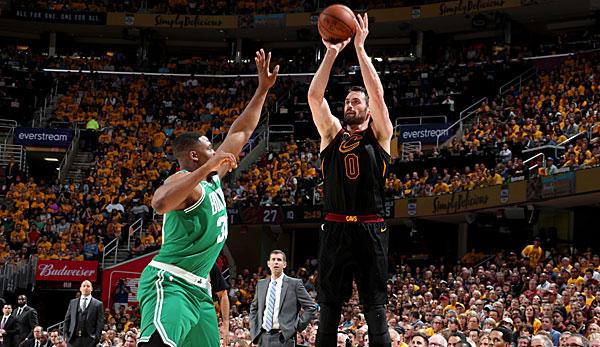

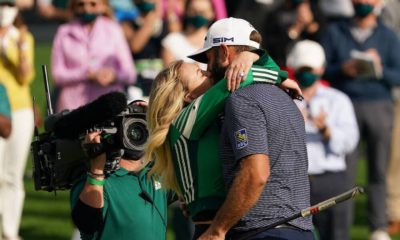
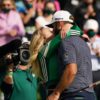


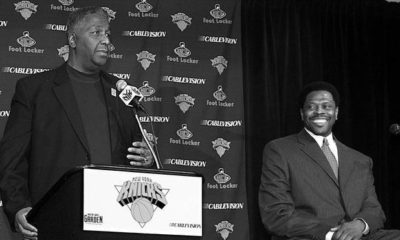
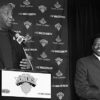
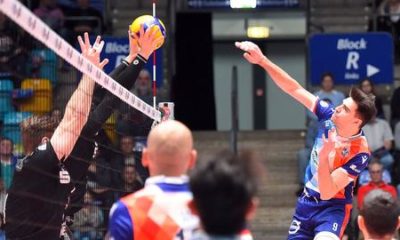
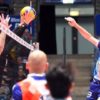
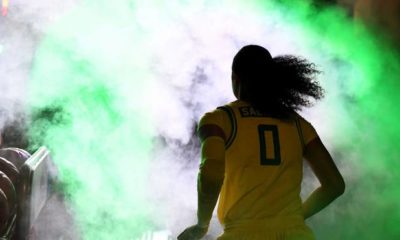








You must be logged in to post a comment Login